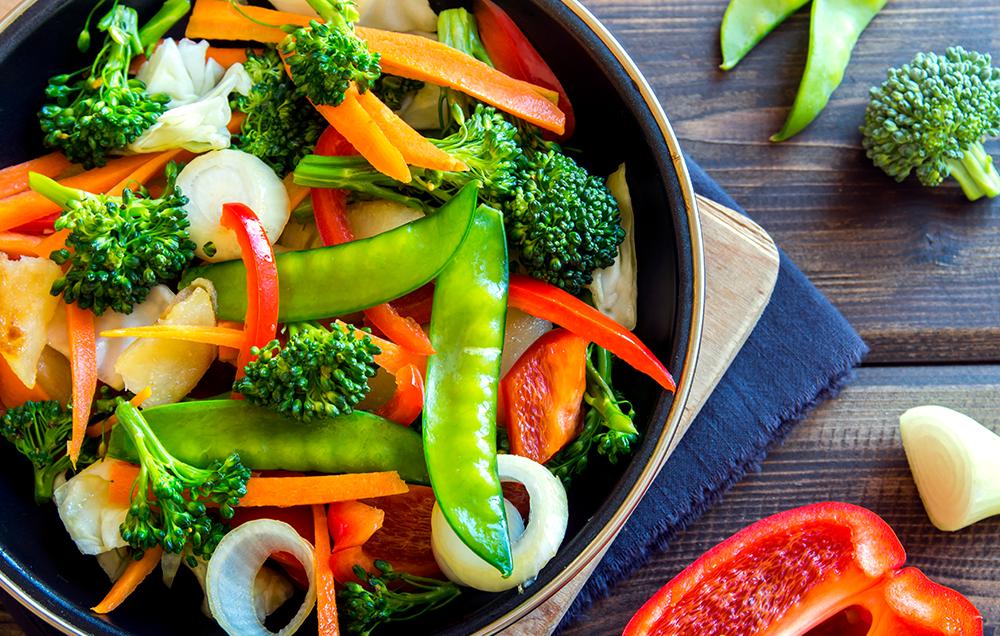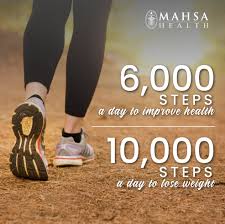
Swimming has many health benefits, including the ability to burn calories. There are also many workouts you can choose from. You can find the right swimming workout for you, regardless of your level. This article will discuss how to increase your calorie burn with swimming. Continue reading to learn more about backstroke and freestyle, as well as some exercises you can do while swimming. These are just a few of many swimming exercises that you might be familiar with.
Freestyle swimming burns 300 calories per hour
Your speed and intensity are key factors in determining whether you burn calories swimming. It is also important to take into account the various body parts involved in different swimming strokes. These can affect your calorie burning. Scientists believe swimming burns 300 calories per hour. But the truth is far more complicated. Although it's possible to calculate the amount of calories you burn by swimming, most experts agree these estimates are only educated guesses.
Swimming burns more calories than other exercises, but your workout duration will affect how many calories you burn. If you only swim an hour per day, you will burn 300 calories. You can increase your intensity by switching up your strokes. A freestyle swim (freestyle plus backstroke) can burn around 600 calories per an hour. Don't worry if you are new to swimming. A moderate temperature will help burn the most calories.

Half an hour backstroke burns 250 calories
While the backstroke is not the most natural of swim strokes, it can be a very effective exercise for toning your body and burning calories. Backstroke strengthens the back, chest, shoulders and buttocks. One half-hour backstroke workout will burn 250 calories. It's an ideal choice for people who spend their day sitting at desks. Because it improves posture, tone and tones the stomach.
It's simple to calculate how many calories are burned while swimming. Most people don't know exactly how many calories they'll burn when swimming for just half an hour. These are just a few facts you should know. You will burn the most calories swimming for fun and competition. Swimming can help you lose weight if you are considering swimming for health reasons.
Your swimming intensity will affect your calorie burn
How fast and intense you swim will impact how many calories are burned. A slower pace will result in fewer calories. Swimming at a faster speed will result in more calories. Swim devices can help increase your energy output and drag. This will result in more calories being burned. A faster swimmer will burn twice as many calories in half the time. A slower swimmer will burn less calories over a longer distance, but swimming at a medium speed can increase the intensity your workout.
Beginners should avoid sprinting for too long. Start slow, and alternate between leisurely swimming and hard laps. This will increase your stamina. It is possible to switch to other forms or exercise. You could also alternate between backstroke or butterfly strokes. A faster pace can be used to help you lose more calories.

Swimming exercises to lose more fat
Swimming is great for your cardiovascular system. However, there are some things you can do that will increase the calories you burn. The first step is to learn how and when to swim correctly. Swimming with perfect form will help you burn more calories. Here are some guidelines to help you get there.
One exercise you can do while you swim is the tuck leap. This exercise engages your core and strengthens your arms. It is easy but not difficult if this is your first time. Begin with a 1-minute time period, and then increase the duration to 3 minutes. You can tone your arms by adding resistance. Try to complete at least ten repetitions of this exercise.
FAQ
What's the difference between intermittent fasting versus calorie restriction
Calorie restriction is a way to eat less than your body needs. Intermittent fasting, on the other hand, doesn't restrict calories. Intermittent fasting focuses more on eating fewer calories every day.
Intermittent fasting can be more effective as it allows you to eat the foods you love and not feel guilty.
Both methods have pros and cons. Therefore, you need to decide whether you prefer one method over another.
How can busy people lose their weight?
Losing weight is as easy as eating less and working out more.
You will gain weight if your eat too much. You'll gain weight if you don't exercise enough. These two simple habits can help you start losing weight.
What foods should I consume during an intermittent fast to lose weight
The best way to lose weight is to cut out carbs. This means avoiding bread, pasta, rice and potatoes as well as other carbohydrate-based foods.
It is important to eat less protein, as it will keep you fuller longer. You won't feel as hungry.
Instead, choose foods rich in healthy fats. These foods can keep you satisfied for hours after they are eaten.
It's important to make sure you're drinking plenty of water, too. Water helps you to stay hydrated which makes it easier for you to lose weight.
Sometimes you may feel compelled to eat these foods even if you're not fasting. You don't have to cave to your cravings. You could gain more weight than what you lose if you do.
You can avoid overeating by being mindful of how much water you consume each day. When hunger strikes, drink a glass of water instead of reaching for another snack.
It may sound counterintuitive but this has been shown to help you lose weight. A study published in Obesity found that participants ate fewer calories when they drank plain water than sugary drinks.
Additionally, plain water can help reduce hunger pangs. Drinking water is the best way to lose weight if you don't want sweetened beverages.
You don't have to eat every calorie or avoid certain foods if you are trying to lose weight. Instead, focus on making small changes to your lifestyle.
Start by switching your regular breakfast sandwich for a bowl oatmeal. Alternately, you can swap your afternoon cookie with a piece de fruit.
These simple swaps will add up over time and help you shed pounds without spending hours in the kitchen.
How long should I do Intermittent fasting to lose weight?
The answer isn't as easy as it seems. It is important to take into account a number of factors when deciding the optimal days for fat loss. These are:
-
Your age. Your age. Intermittent fasting is more difficult for younger people under 40. You have less time to recover each day from fasting. Alternately, if your age is over 60, intermittent fasting might prove too challenging because you may not have enough energy to last for extended periods of time.
-
Your current body composition. A longer period of fasting is more beneficial for those with a lot of muscle mass. Shorter fasting might be more appropriate for you if you have less muscle mass.
-
How physically active are you. To ensure adequate rest between workouts, you might need to extend your fasting period if you exercise frequently.
-
Your past medical history. Additional fasting monitoring may be required for certain medical conditions such as diabetes or heart disease.
-
How can you manage stress? Stressful situations often cause us to eat more. You may need to extend your fasting times in order to avoid this problem.
-
Which type of diet you choose. Certain diets, like ketogenic diets, may require even longer fasting periods.
-
Your quality of sleep. Also, a lack of sleep has been linked with increased appetites and decreased metabolism. Therefore, it may take some experimentation before determining what works best for you.
-
Your daily intake of protein. Protein stabilizes blood sugar levels. Therefore, eating more protein could result in lower insulin levels. This would allow you be more consistent in your fasting.
-
People who want to gain weight or lose it will need to fast for longer periods of time than those trying to lose.
-
What percentage of calories do you consume during your fasting window? Fasting fewer calories per day may result in greater fat loss than fasting for more calories per day.
-
Your overall fitness. Faster people are more likely to be fit, and burn more calories during the day.
-
Your gender. Men are more hungry than women so they may have to fast for longer periods. Women tend to have smaller appetites so they might only need to fast for 20-30 minutes each morning.
-
Your lifestyle. Are you someone who gets plenty of physical activity? Do you work out several times a week? Does your job involve sitting at a desk all day long? These factors can impact how fast you should be moving.
-
How much money are you willing to spend on food? You don't have to spend much on groceries to eat healthy food. You can save money by buying whole grains instead of white bread, fruits instead of candy bars, and lean meats instead of fatty cuts.
-
How important it can be to control your appetite. If you don't want to skip meals, you might not need to fast as long as other people do.
Statistics
- A 12-week study in 20 women with obesity found that walking for 50–70 minutes 3 times per week reduced body fat and waist circumference by an average of 1.5% and 1.1 inches (2.8 cm), respectively (healthline.com)
- Among women, the increase in metabolic rate was nearly 4%, or 50 more calories per day (14Trusted Source (healthline.com)
- Another study found that 24 weeks of weight training led to a 9% increase in metabolic rate among men, which equated to burning approximately 140 more calories per day. (healthline.com)
- One study in 9 active men found that HIIT burned 25–30% more calories per minute than other types of exercises, including weight training, cycling, and running on a treadmill (18Trusted Source (healthline.com)
External Links
How To
How to Intermittent Fasting
Intermittent fasting, a type of dieting that allows you to only eat one time per week, generally Monday through Friday. This diet aims to lower your overall calorie intake, while still ensuring you get enough nutrition. It's believed that this helps burn fat faster than if you were eating normal meals throughout the entire week.
The most common form of IF involves restricting calories only on certain days of the week. This means you could skip breakfast every morning and still eat what you want the rest of the week. You could also choose to eat three small meals daily rather than two large ones.
You can choose from many different types of intermittent fasting such as alternate day fasting (alternative day fasting), 5/2 fasts (8/4 fasts), 16/8 fasts, and so on. Each form of intermittent fasting comes with its own pros and cons. Alternate day fasting, which doesn't require you to change your lifestyle, is the best way to get started. However, for some people it can be difficult to follow a strict diet, so they may prefer to explore other options.
If you want to try intermittent fasting, I suggest starting with alternate-day fasting. This will allow to slowly transition to more extreme fasting regimens without drastically changing your lifestyle.